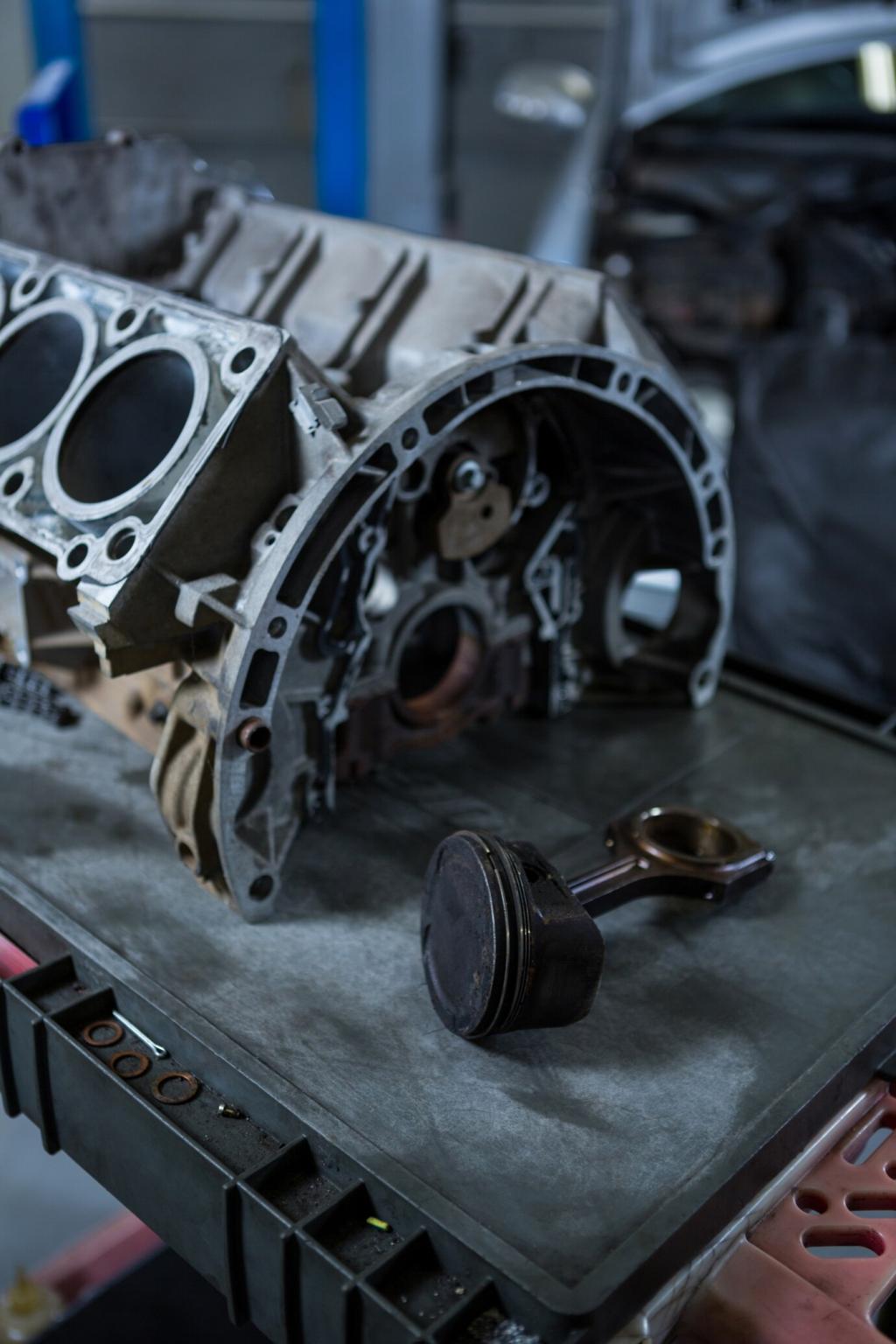
DIY Oil Change Guide: Take Control of Your Car’s Health
Chosen theme: DIY Oil Change Guide. If you love saving money, learning new skills, and keeping your vehicle running smoothly, this friendly, step-by-step guide is your new garage companion. Read on, share your experiences, and subscribe for more hands-on maintenance wisdom.




Service Intervals and Warranty Notes
Determine whether you fall under normal or severe service. Lots of stop-and-go, short trips, or dusty conditions can shorten intervals significantly. Follow the manual to keep maintenance on schedule and documentation intact for any warranty claims down the road.
Capacity and Torque Specs
Find your engine’s oil capacity with and without filter change, then note drain plug and filter torque values. Overfilling can foam the oil; underfilling starves components. Correct torque prevents leaks, saves gaskets, and keeps threads healthy for the life of the vehicle.
Oil Standards and Approvals
Look for API, ILSAC, or manufacturer approvals such as API SP, ILSAC GF-6, or Dexos. These standards ensure modern detergency, wear protection, and compatibility with emissions systems. Matching specs matters more than brand loyalty when your engine’s health is on the line.
Step-by-Step Oil Change Walkthrough
Run the engine for a few minutes so the oil flows easily, then park on level ground, set the brake, and secure the car. Use jack stands or ramps with wheel chocks. Lay everything within reach to avoid scrambling once the drain plug is out.
Step-by-Step Oil Change Walkthrough
Position the pan under the drain plug, loosen carefully, and let the oil drain completely. Replace the crush washer if specified. Remove the old filter, confirm the gasket isn’t stuck, oil the new filter’s O-ring, and snug it by hand before torquing to spec.

Real-World Lessons and Avoidable Mistakes

A reader once reused a stuck filter gasket by accident, causing a sudden leak after startup. The fix was simple: remove the extra gasket and reinstall correctly. Now they always check the mounting surface by touch and sight. Make it your ritual too.
Clean, Green, and Responsible Disposal
Pour used oil into a clean, sealable container—like the original jug—and label it clearly. Keep it away from kids and pets, and never mix it with coolant or brake fluid. Proper storage prevents spills and makes recycling fast and hassle-free.
Clean, Green, and Responsible Disposal
Most auto parts stores and municipal centers accept used oil and filters for free. Call ahead to confirm hours and limits. Bring your containers upright in a lined box, and share your local tips in the comments to help fellow DIYers recycle confidently.


Post-Change Troubleshooting and Confidence Checks
Spotting and Stopping Leaks Early
Look under the vehicle after five to ten minutes of running, then again the next morning. Inspect the drain plug, filter base, and pan edges. A single drip trail can guide you to an O-ring pinch or a loose plug before it becomes a real mess.
Understanding the Oil Pressure Light
If the light stays on after startup, shut down immediately. Recheck the oil level, the filter gasket, and the drain plug. Priming certain filters can help. When in doubt, ask the community below for input and consider a professional inspection for safety.
Tracking Levels Over the Next Week
Check the dipstick daily at the same time and on level ground. Stable levels and clean pavement mean you nailed it. Small changes might indicate seepage or usage patterns. Share your observations and subscribe for more maintenance checklists and seasonal reminders.

Join our mailing list
